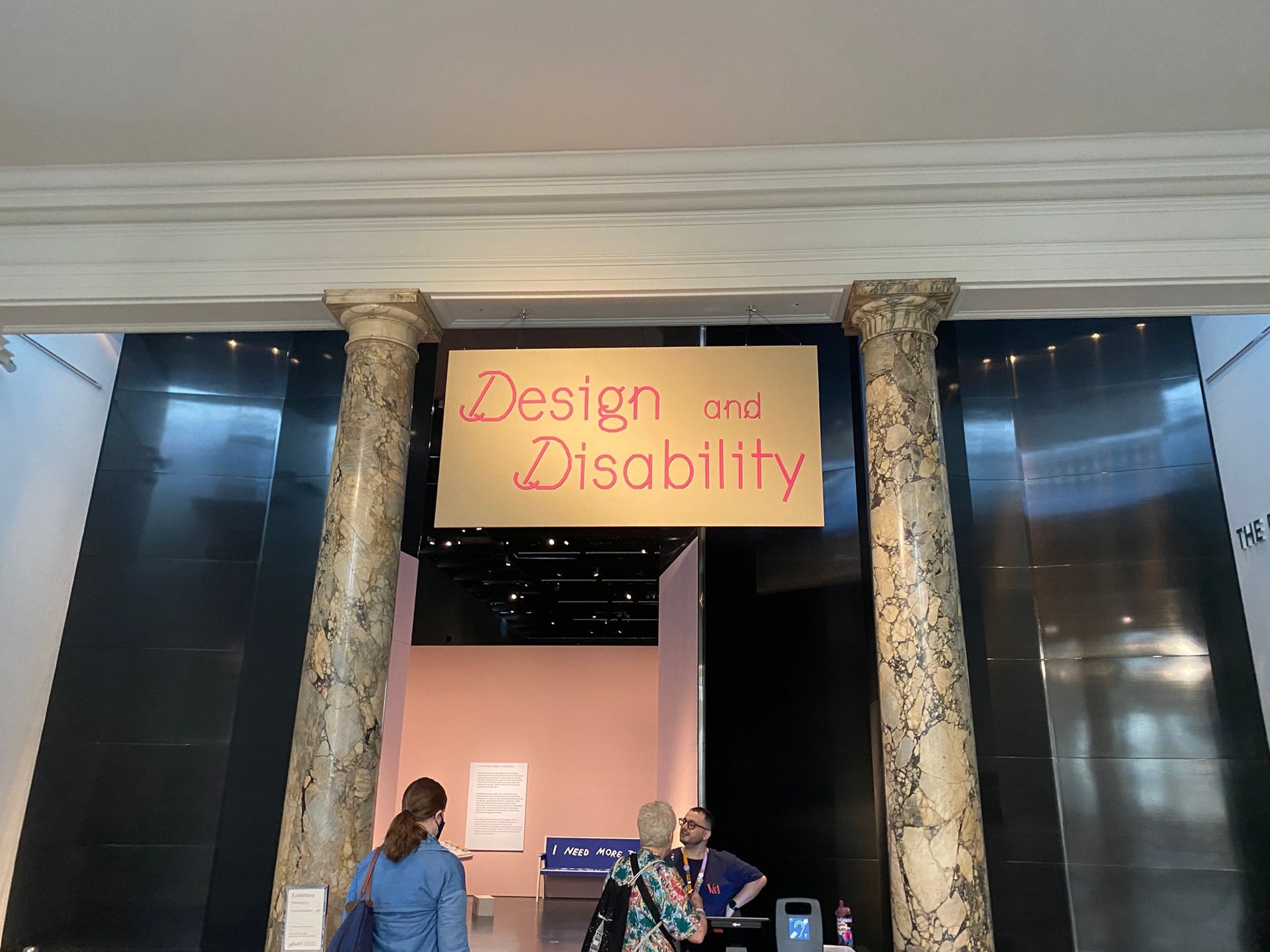Tips for minimising jaw stiffness when stressed
Recently I had a client come to see me for jaw stiffness. The problem had started during lockdown and hadn’t gone away. Although she wasn’t conscious of doing it in the moment it would leave her with a very sore-feeling jaw afterwards.
See it’s not just to quit smoking, drugs, drinking or lose weight that people come to hypnotherapy for… people also come for compulsive nervous habits such as nail biting or, in this case, tensing their jaw.
So if tensing your jaw when anxious or stressed is something you’re prone to doing, here’s a few practical tips.
#1 Try resting your tongue in the roof of your mouth
It’s impossible to tense your jaw whilst your tongue is resting in the roof of your mouth. Don’t believe me? Give it a try.
#2 Pencil or pen between the teeth
Whilst you’re jabbing away at the keyboard at work or at home, try a pencil or pen between the teeth. Again, you won’t be able to tense your jaw.
#3 Hydration
Hydration is crucial in a lot of things, but especially when it comes to minimising jaw stiffness.
#4 Wiggle your face and jaw
Wiggle your jaw from side to side. I used to see an excellent yoga teacher for her group classes who was a strong advocate of wiggling your jaw to help relieve tension in the facial muscles.
#5 Facial massage
Try a firm circular pressure applied to the jaw and lower cheeks.
#6 Fire breath from Kundalini yoga
Again, another one taken from yoga. It involves quick powerful breaths through the nose with the belly pulled in on the inhale and released on the exhale. It is excellent for relieving stress, strengthening the abdominal muscles and even improving digestion. You can watch a demonstration of it here - Breath of Fire Tutorial - Women's Health Yoga
#7 Smile more
It takes more muscles to frown than it does to smile so find reasons to be cheerful throughout your day. Smile at your colleagues, or people you pass by in your day to day.
#8 Find Laughter
Again, like smiling, laughter also relieves tension in the jaw. Go watch a comedy show or if you don’t have that much time to spare, watch entertaining content on TikTok or Instagram that makes you laugh.
#9 Try gentle hip opening stretches or singing
Tension in the jaw is connected to tension in the hips. If you have tension in one area you’re likely to also have tension in the other.
So try targeting one or the other, or both.
If you enjoy singing, sing in the shower, join a choir or go to karaoke.
If you’re more physical, try dance classes or yoga.



